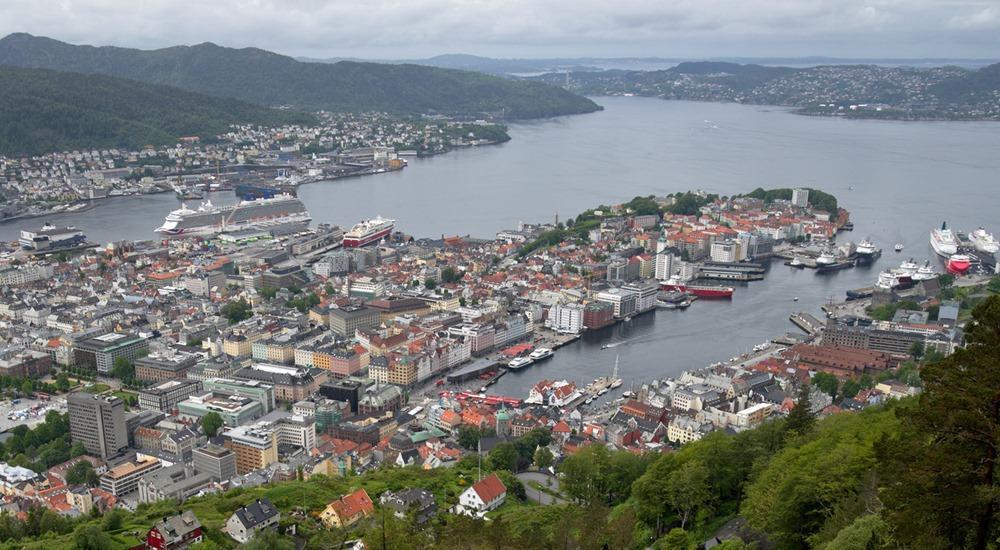Port Bergen Norway together with Plug Bergen (50/50 joint venture with Plug Holding /owned by BKK/Norwegian power company) completed 5 shoreside power connections (2 at Skolten Pier, 1 at Bontelabo Pier, and 2 at Jekteviken Pier), with a total capacity 48 MVA.
Even Husby (Port Bergen's head of environment) estimated that of the calls originally planned for 2021, 150 would have been from vessels equipped for shore power technology.
According to Maria Bos (Plug Bergen's CEO), the construction of the facilities ensured that all the ships arriving in Bergen could now receive shore power. Bos added they would prioritize ships that can use shore power and would limit the number of vessels coming in at one time in accordance with municipality regulations, which was three.
When the first low voltage connection point for cargo vessels was installed back in 2015 (there are currently 16), Husby recognized the importance of creating a good business case for shore power realizing that it should not be dependent only on public funding. In the case of cruise ships, the total investment exceeded NKr100 million (EUR 9,9 million) with some funding coming from government-funded Enova and Plug itself financing the couple of connection points in Jekteviken. All the power is from a local hydropower plant which also supplies the port city itself.

Plug Holding operates all shore power in Bergen. Cruise lines will pay a fee (per kWh) and plus a fixed fee per connection. When it comes to pricing and cruise line willingness to pay, Bos has had no negative feedback so far.
Bergen’s success in the field enabled Plug Holding to take its business model to other Norway parts. Plug Holding is building shore power for cruise vessels in Alesund (3 connection points) and Nordfjordeid (1 connection point).
Looking further into the future, the Port of Bergen has joined forces with a European consortium, which has applied for funding from the EU’s Horizon 2020. The goal is to develop the port "as a multimodal hub for sustainable and smart mobility."